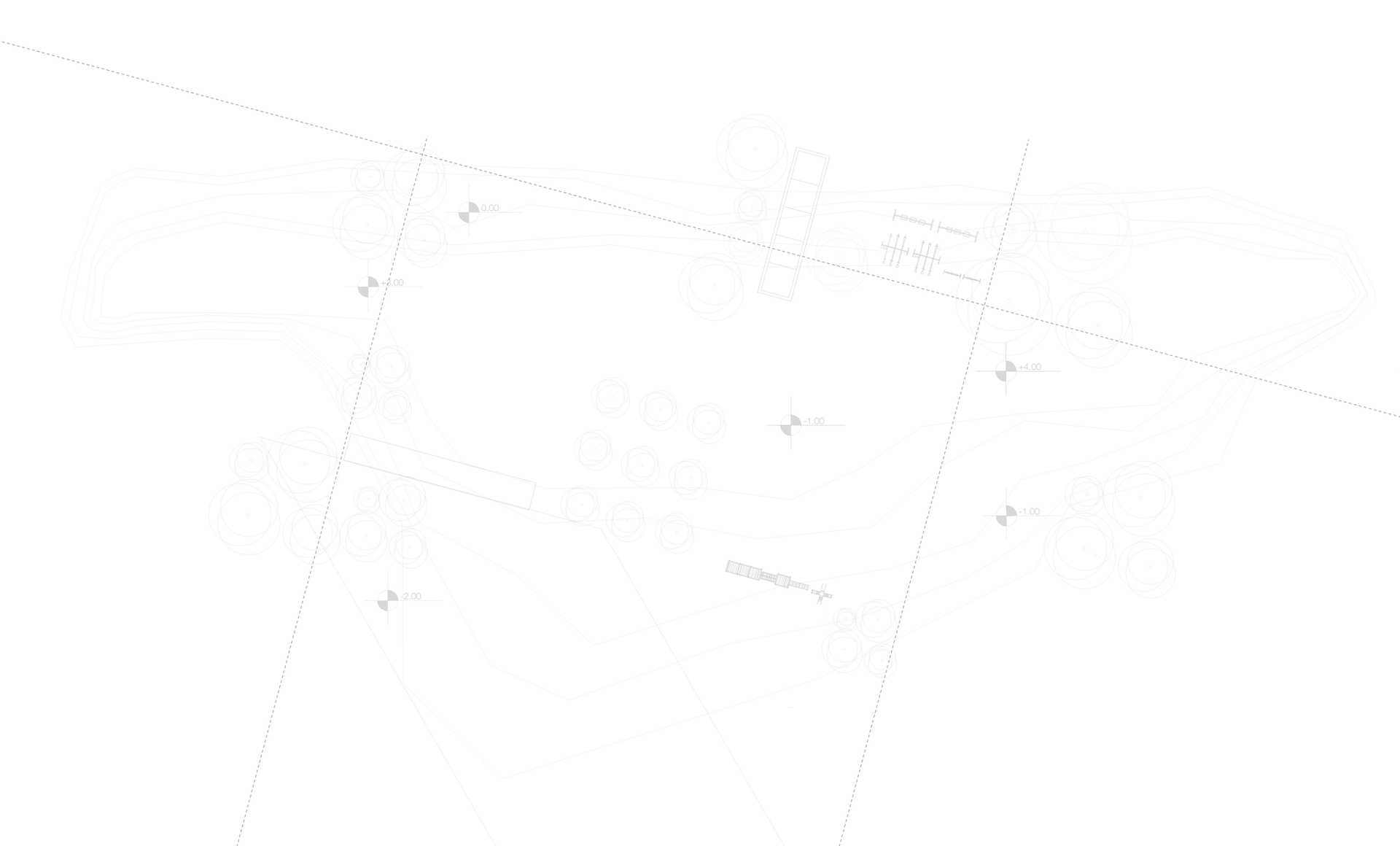
Inspiration
Inspiration
Kirkonkylän yhtenäiskoulu, Kempele, FI
Topics: Early School Leaving/combating failure in education; Pedagogy and didactics; Teaching and learning of foreign languages
”Our aim is to reduce early school-leaving and combat failure in education. For this purpose we have two classes aimed at pupils aged 14-16 who struggle with their lives and who benefit from more flexible and individual teaching and learning by doing. We need new innovative strategies to prevent early school-leaving and to support our pupils’ self esteem and wellbeing. Getting fresh idea and exchanging experiences with colleagues from abroad will help our organisation in facing this challenge”
Erasmus+ funding:
13 689 euros for 6 opettajalle
Mobility project (KA101):
"Learning together" (Yhdessä oppien)
Tytyrin koulu, Finland
Project is aimed at inclusive education and all the activities have both educational and motivational purpose. The main objective is to support inclusion of pupils with special educational needs, socially disadvantaged pupils, pupils coming from minorities or refugees by helping to promote their integration into the mainstream education and society and to apply innovative strategies and methods to overcome learning difficulties and social exclusion through Art. We use arts to create shared experiences for all and to make products pupils can be proud of. Six schools from Finland, Spain, Great Britain,Slovakia, Portugal and Croatia collaborate in the project. Each school has different good practices in their school curriculum. They will be observed and followed by teachers and transferred after evaluation. Project concerns about 400 disadvantaged pupils aged 7 - 13.
All activities refer to the particular needs of schools, teachers and pupils according to the need analysis which took place at each partner school. All schools will work on integrating the activities in school curriculum and prepare lesson plans, based on the best experience.
Partners will create a methodological portfolio with methods that will increase enthusiasm for school and responsible behavior, promoted equality, equity, tolerance in the school and community you live in and in Europe. Activities will include methods and forms such as cooperative learning, peerlearning, manual practice, role plays, performing and decorative methods, evaluation methods and social learning.
There are short term exchange activities for pupils to implement the topics (activities) and all the subtopics of the project and working cooperatively they will create a lot of results such as pictures, posters, masks, music-, dance, rhythm- and drama performances. Working in groups with pupils from different countries they will improve English language, ICT skills, strengthen tolerance and friendships, become more aware of their talent and individuality which is as valuable as the others´.
Teachers and coordinators of the project will have opportunity to transfer good practices, to discuss and compare different educational systems in order to work more effectively. Partnership collaboration encourage new ideas for collaboration on eTwinning and designing a new KA229 Erasmus+ project in the nearest future.
Thanks to this project participants will get to know the benefits of inclusive education, get acquainted with methods, tools and platforms that support and ease the learning process of pupils with special needs, discover the power of peer - education, inclusion of pupils in mainstream education and discuss challenges with participants from EU countries.
School-to-school partnerships project (KA229): "SuperART for inclusion"
Partners: IEZ ALBAYZIN (ES), Stichting BVE Oost-Gelderland (NL), Zahareña Conociemento, Sl.L (ES), LICEO SCIENTIFICO A. ROMITA – CAMPOBASSO (IT), KARSIYAKA MILLI EGITIM MUDURLUGU (TR), University of Helsinki (FI)
-
To compile a Handbook containing the most effective strategies to reduce early school leaving and containing prevention & early intervention measures that can be used in schools
-
To design, test and implement an “alternative educational path”, involving 20 students in exchange learning activities between the participating schools – e.g. set of activities that will develop students competences and motivate “in risks” to engage with school and actively involve the school, families and community in their learning process
Project website:
"Innovation" Strategic Partnerships project (KA201): Coming to school with a SMILE: reducing dropout in school




